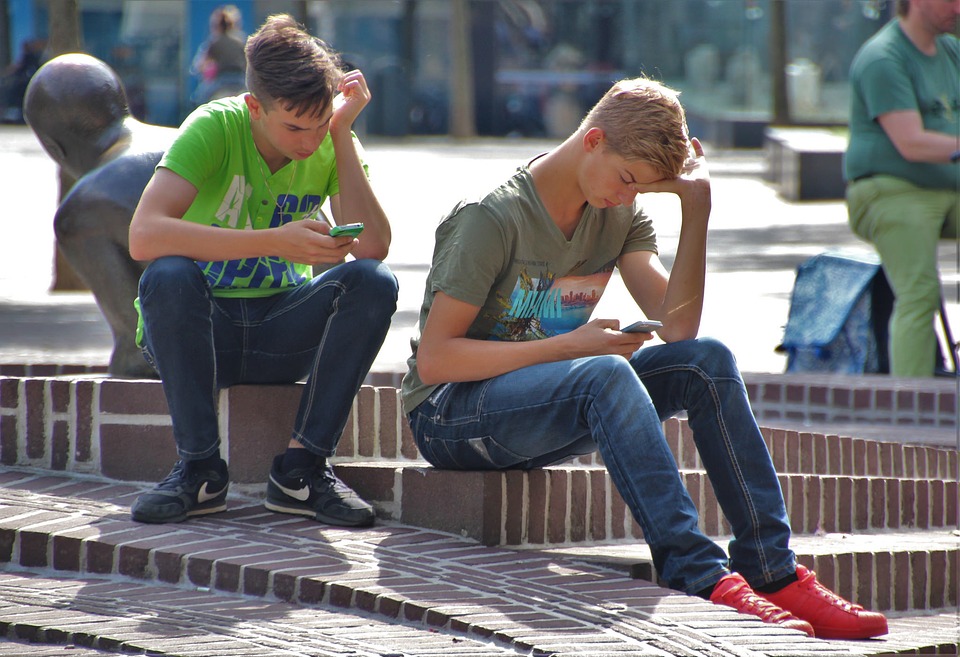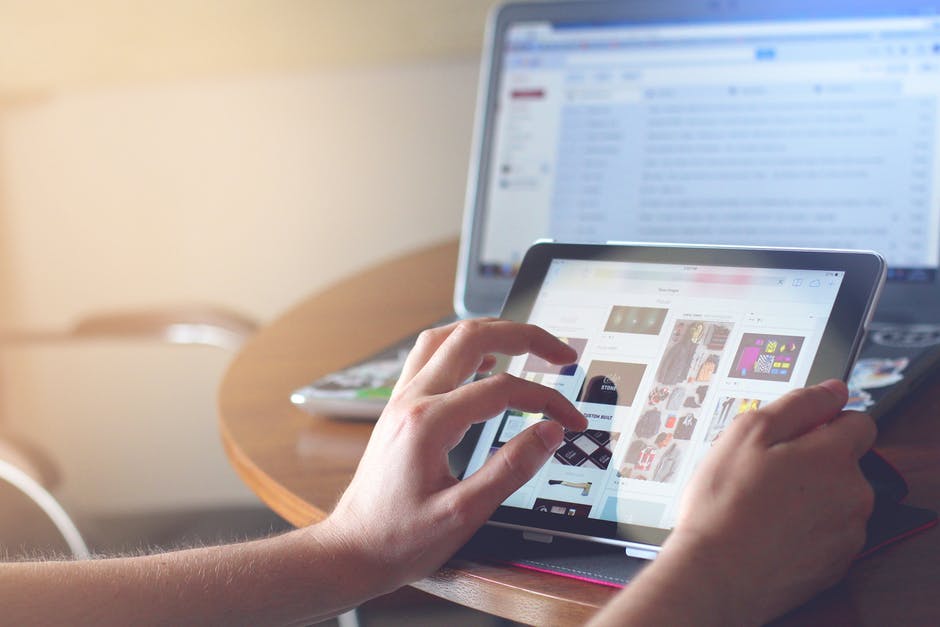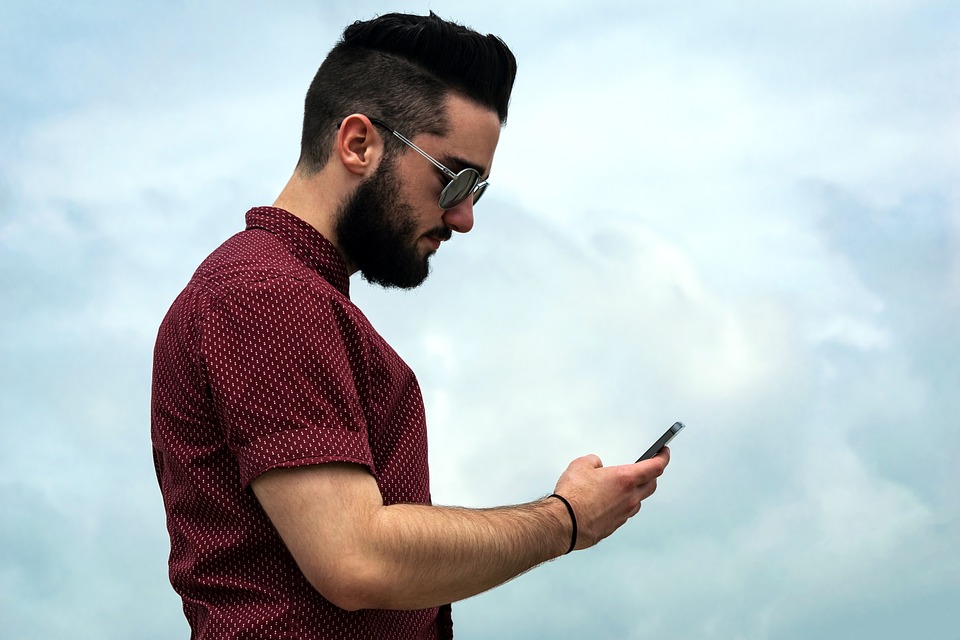Jonathan Fields, author of The Good Life Project, challenges you to put down your phone.
Fields suspects that the more dread you feel about going unplugged for a day, the more you need a “digital detox”. One of his 30 suggestions for living a good life is to disengage from technology by canceling all “push” notifications for a day. This means no vibrations when you get a text, no chime each time an email soars in and no notification when someone comments on your social media accounts.
As devices become more prevalent in society and cement themselves as a staple in our professional and personal lives, more and more people are thinking about taking a time out from technology – a digital detox.
Google defines digital detox as “a period of time during which a person refrains from using electronic devices such as smartphones or computers, regarded as an opportunity to reduce stress or focus on social interaction in the physical world.”
If you’ve read Part 1 of this series, you know that our fascination with mobile technology is driven by the release of dopamine, a neurochemical linked with the brain’s “pleasure center”. Each dopamine rush is the same response the brain has for meth, sugar and gambling.
We also know that neurons in the brain that “fire together, wire together”, meaning if you reach for your phone often to deal with boredom, loneliness or anxiety, this neural pathway will become more and more worn, resulting in a habit.

Need a few more reasons to commit to a device detox?
- E. coli is found on one in six cell phones due to 75% of users bringing their cell phones with them into the bathroom.
- Too much screen time can cause “text neck”, undue stress on the neck from staring down at devices.
- Three out of five people check their phone hourly; 19% use their smartphone in church and 33% use it while on a date.
- At 55 miles per hour, texting takes the driver’s eyes off the road for five seconds, during which time the car travels the length of a football field. Approximately nine people are killed each day in the United States due to distracted driving.
If going device free sounds painful, work up to it with ideas from Popsugar’s 7 day digital detox. To reap the full benefits, carry over actions of previous steps so that on Day 7 you’re doing all of them, just for a day.
The 7 Day Detox
- Day 1: Unfollow people on social media if you wouldn’t be willing to get a coffee with them. Unsubscribe from email lists you delete anyway. Get rid of apps you haven’t used, and don’t forget to delete your profile.
- Day 2: Turn off push notifications. This will help you become intentional about phone use. Instead of reacting to notifications, you’ll actively choose to look at your phone when you have time, not simply because it made a noise at you. It can also prevent distraction while at work, during conversation and while driving.
- Day 3: Do not look at your phone first thing in the morning. Use a real alarm clock, wear a watch, and go about your morning device-free! (You can still use your computer once your workday starts.)
- Day 4: Create a charging station outside of your bedroom. An hour before bed, leave your phone at the station. This will help you sleep better.
- Day 5: Go out to dinner with friends or family and collectively agree to leave your phones at home. Another alternative is to have a dinner guest hold onto your phone for you.
- Day 6: Don’t look at social media all day. This means no posting, too.
- Day 7: Turn off your smartphone for a whole day. Alert your family and friends on Day 6 so no one assumes you’ve been in an accident. Better yet, make plans to see them in person and visit a farmer’s market, grab coffee or go for a short hike!

You can also take the Simple, Simpler, Simplest approach. Examples:
- Turn off your phone and leave it in another room during mealtimes (simple)
- Leave your phone in another room on silent during mealtimes (simpler)
- Silence your phone (and all notification noises) during mealtimes (simplest)
- Turn off all push notifications (simple)
- Turn off push notifications from all social media and entertainment apps (simpler)
- Turn off push notifications for one or two apps (simplest)

For adults with trouble letting go, Tristan Harris, a former product philosopher at Google and founder of the Center for Humane Technology, hosts Unplug SF in San Francisco. Professionals come to the event, surrender their devices and spend a night socializing and doing crafts. No work-talk is allowed.
At Camp Grounded, a no-technology summer camp hosted by The Digital Detox, adults pay to have their devices taken from them. Over the course of three days, they participate in activities such as learning to make a fire, hiking in the Redwood forests and putting on a group talent show. Like Unplug SF, campers are not allowed to talk about work.
It seems that the idea of taking a break from technology has caught on. Would you be willing to try a 7 day detox? Partner with a friend, family member or colleague if you need some accountability!
Part 3 of the Digital Detox series will discuss how to mindfully reconnect with devices after intentional time away from them.
Resources and Related Reading:
One Week Digital Detox – Popsugar
The Binge Breaker – The Atlantic
How I Survived Without Tech at a Digital Detox Camp – Mashable
Are You a Nomophone? – TG Daily
Distracted Driving – CDC

